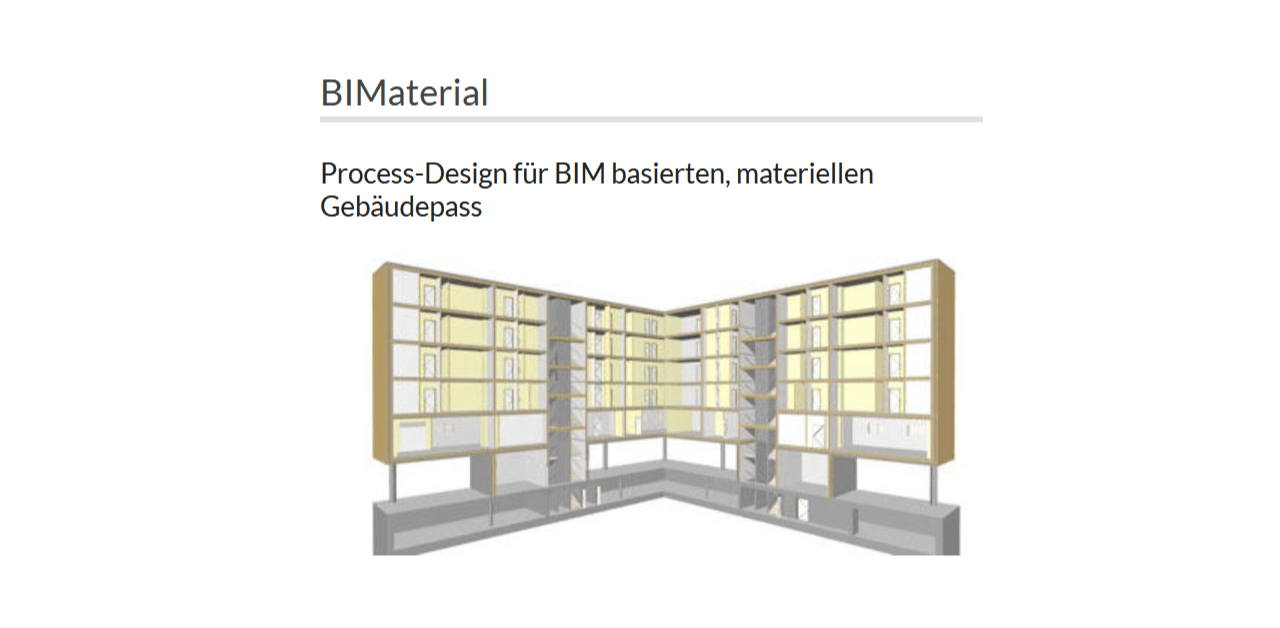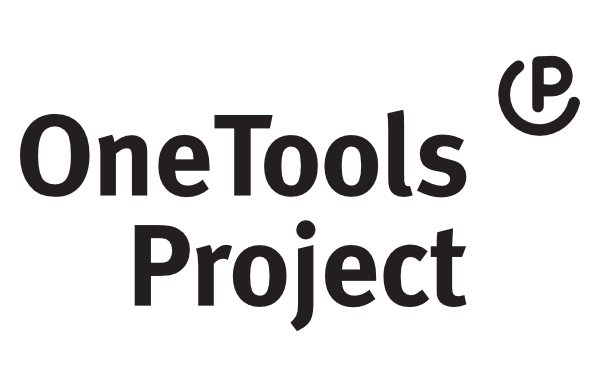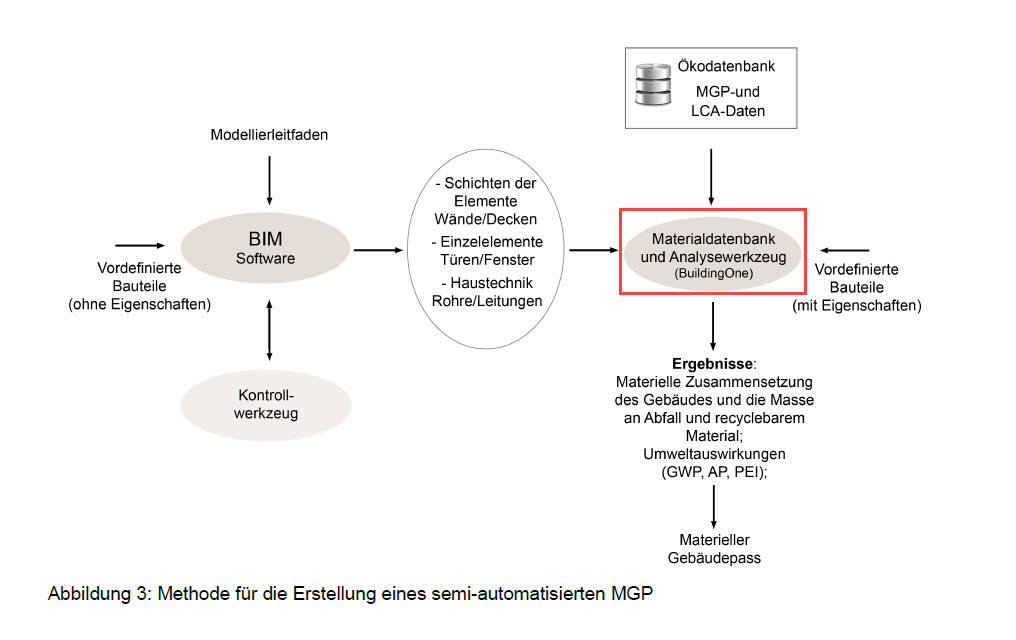BuildingOne used in research
BuildingOne used in research

Process design for BIM-based material passport
BuildingOne was used in a project of the research and technology programme of “Stadt der Zukunft” (city of future)from the Austrian federal ministry for transport, innovation and technology (bmvit).
In the study, BuildingOne was used to evaluate and analyse the materials used in the building model.
BuildingOne serves as a material database and analysis tool to create a BIM-based material passport (MP).
Project Description
A Material Building Certificate (MGP) is a documentation of the material compostion of a building, which gives information about the quality and quantity of relevant raw materials of the building. The benefits of a life cycle oriented MGP is multiple: as planning- and optimization tool with regard to the efficient use of materials and subsequent demolishing process, to document the material information required for the recycling of buildings at the end of their life, and as a basis for an urban raw material register on city level. The new planning tools that enable life cycle building management like Building Information Modelling (BIM) have great potentioal to generate such MGP. In this project the methodology for the digital building modelling for the creatien of a material data base and the creation of a decostruction concept by use of BIM during the design phase as well as Rule Sets for the MGP analysis of the BIM model and a requirement specification for a BIM-based MGP app shall be developed.
Source: www.industriebau.tuwien.ac.at
Project Description
A Material Building Certificate (MGP) is a documentation of the material compostion of a building, which gives information about the quality and quantity of relevant raw materials of the building. The benefits of a life cycle oriented MGP is multiple: as planning- and optimization tool with regard to the efficient use of materials and subsequent demolishing process, to document the material information required for the recycling of buildings at the end of their life, and as a basis for an urban raw material register on city level. The new planning tools that enable life cycle building management like Building Information Modelling (BIM) have great potentioal to generate such MGP. In this project the methodology for the digital building modelling for the creatien of a material data base and the creation of a decostruction concept by use of BIM during the design phase as well as Rule Sets for the MGP analysis of the BIM model and a requirement specification for a BIM-based MGP app shall be developed.
Source: www.industriebau.tuwien.ac.at
Methods
In the first step, the scope of necessary information and parameter for MP, as well as the assessment methodology, was defined. Thereby, the data structures and functionality of the MP throughout life cycle stages was determined. In the next step a BIM based workflow was developed. For the generation of the MP and simultaneously the LCA, we propose a workflow by coupling the BIM-model with the material inventory and analysis tool (BuildingOne), where the data from eco-repositories is managed. We are using the data management approach of linking the model with the external eco-databases through BO, instead of integrating the data in the model itself. The data-transfer and analysis of the BIM-model in BuildingOne allows an extensive assessment and analysis of the material composition of a building, such as an assessment of all material-quantities, of percentages of mineralic, metallic or organic materials, of recyclable and waste materials over buildings’ life cycle etc. The proof of concept was compiled on a use case, in order to examine the usability of the proposed analysis and workflow. Finally, a framework was created, which documents the workflow, data structures and modelling requirements.
Source: BIMaterial_Endbericht.pdf
Methods
In the first step, the scope of necessary information and parameter for MP, as well as the assessment methodology, was defined. Thereby, the data structures and functionality of the MP throughout life cycle stages was determined. In the next step a BIM based workflow was developed. For the generation of the MP and simultaneously the LCA, we propose a workflow by coupling the BIM-model with the material inventory and analysis tool (BuildingOne), where the data from eco-repositories is managed. We are using the data management approach of linking the model with the external eco-databases through BO, instead of integrating the data in the model itself. The data-transfer and analysis of the BIM-model in BuildingOne allows an extensive assessment and analysis of the material composition of a building, such as an assessment of all material-quantities, of percentages of mineralic, metallic or organic materials, of recyclable and waste materials over buildings’ life cycle etc. The proof of concept was compiled on a use case, in order to examine the usability of the proposed analysis and workflow. Finally, a framework was created, which documents the workflow, data structures and modelling requirements.
Source: BIMaterial_Endbericht.pdf

